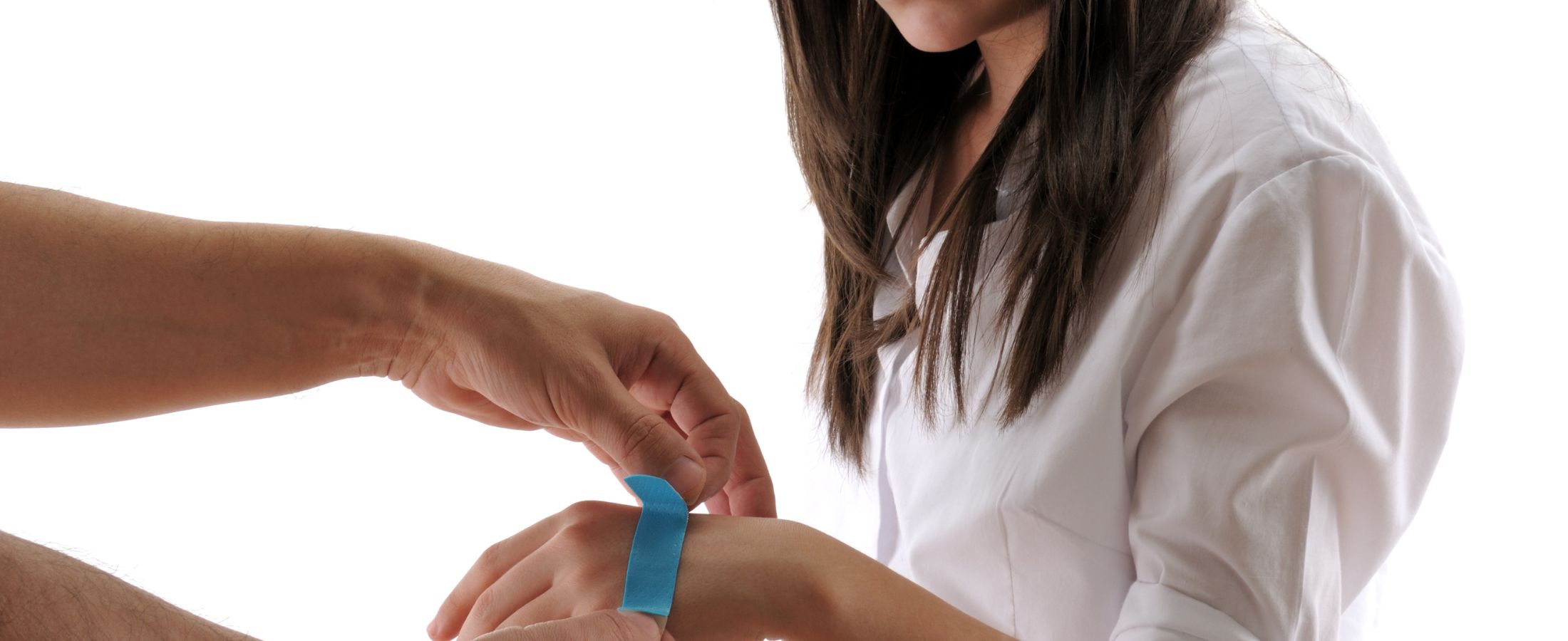
Cicatrici: ecco come prendersene cura
Bentornati sul blog di PVS.
Oggi parliamo di cicatrici e di come proteggerle se, malauguratamente, dovesse capitarci di procurarcene una. Innanzitutto, cosa sono le cicatrici?
La definizione medica indica che le cicatrici sono esito fisiologico del processo di guarigione di una ferita apparsa sulla cute. Le cicatrici possono formarsi per svariati motivi: da una lesione causata da una caduta/taglio accidentale fino a un esito di un intervento chirurgico, passando per il classico “ginocchio sbucciato” o una caduta dalla bicicletta – chi di noi non ne ha mai sperimentata una?
Ma come si cura una cicatrice? Quali sono i passaggi fondamentali per proteggere la pelle al meglio, evitando la fastidiosa comparsa di infezioni? Scopriamolo insieme grazie al supporto di un articolo letto su dermatologymohsinstitute.com.
Come prendersi cura di una cicatrice
In seguito a una caduta, un taglio abbastanza profondo, una lacerazione, una ferita hai perso del sangue e sai che la pelle avrà difficoltà a rimarginarsi senza lasciare un segno. Le cicatrici sono degli esiti fisiologici molto comuni e non devono destare particolari preoccupazioni.
È importante, tuttavia, capire quando c’è bisogno dell’intervento del personale medico: se la ferita è molto profonda o si perde molto sangue senza riuscire a fermarne il flusso, è il caso di recarsi al pronto soccorso.
C’è una regola che vale sempre e comunque: in seguito a qualsiasi tipo di lesione, la ferita va pulita per bene.
Successivamente bisogna disinfettare l’area interessata dalla lesione: questo passaggio allontana innanzitutto il pericolo di contrarre infezioni. È importante eliminare detriti, se sono presenti in prossimità/dentro la ferita e bisogna lavare con abbondante acqua e sapone per neutralizzare i germi.
Dopo aver pulito con cura la ferita, è arrivato il momento di proteggerla: fai una stima corretta della sua ampiezza e utilizza una benda/un cerotto che la copra completamente. Assicurati che il cerotto o il bendaggio aderiscano perfettamente alla pelle. Se puoi, utilizza un unguento per tenere la cicatrice sempre umida: in questo modo non si formerà la crosta da coagulazione del sangue.
Sostituisci la benda o il cerotto almeno una volta al giorno, o comunque ogni volta che riterrai opportuno pulire la ferita – specialmente durante i primi giorni.
Alcune ferite comportano cicatrici evidenti: dipende dalla loro natura. Prenditi sempre cura delle cicatrici e fai in modo che siano perfettamente disinfettate e pulite – e non dimenticarti di loro dopo la guarigione!
È possibile, infatti, limitare i segni delle cicatrici in vari modi. Per renderle meno visibili ci sono varie opzioni:
• iniezioni di steroidi per attenuarne l’aspetto;
• dermoabrasione della pelle e/o needling – processi che eliminano lo strato superficiale della pelle per cancellarne le irregolarità, stimolando la produzione di collagene;
• interventi con laser;
• criochirurgia, branca della medicina che utilizza i benefici del ghiaccio per migliorare l’aspetto della pelle.
Cosa ne pensi di questo articolo? Se vuoi saperne di più sui kit di primo soccorso e sui prodotti più adatti alla medicazione, scrivi al team PVS!




